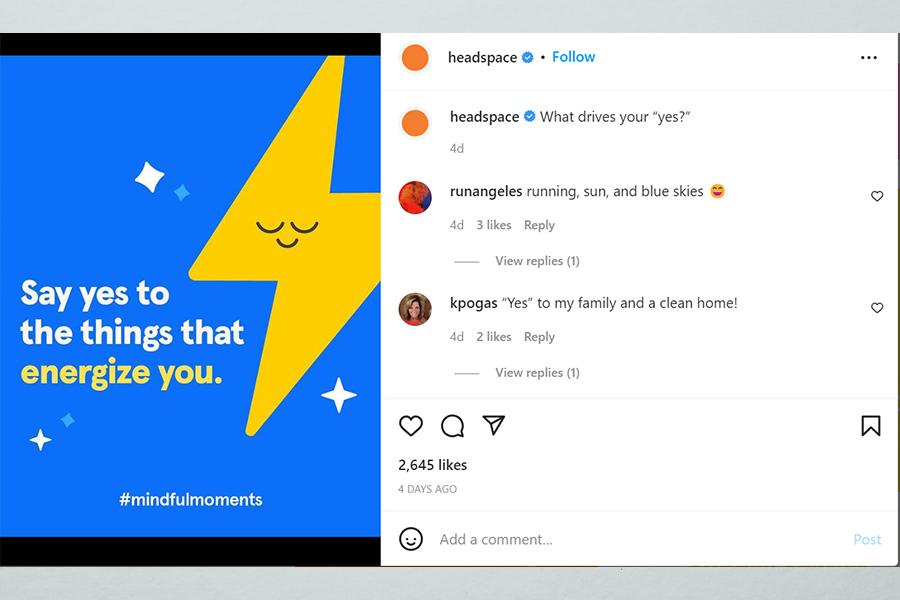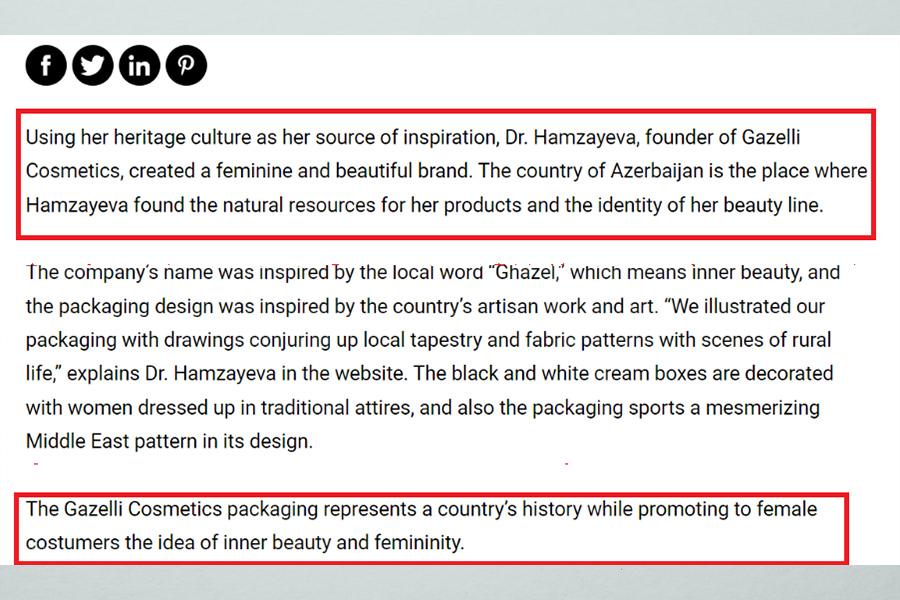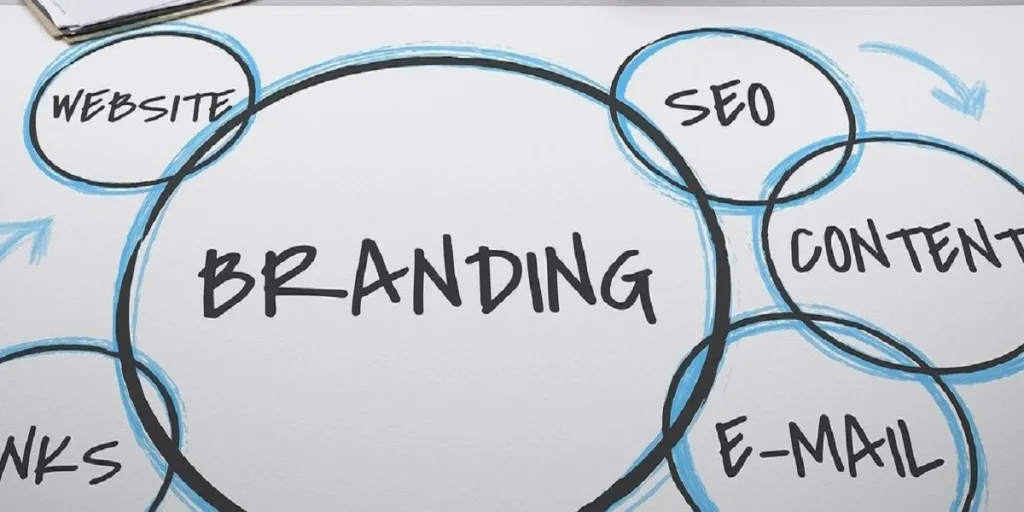Brand awareness is a crucial marketing metric that stamps a business in consumers’ hearts. Plus, it can transform consumers into loyal and recurring customers.
But, it can be tricky for the average company to build brand awareness from scratch.
This article will provide everything businesses need to build and increase brand awareness and a few mistakes they should avoid.
Table of Contents
Types of brand awareness businesses can apply
How does brand awareness affect businesses?
How to build and increase brand awareness for businesses
7 mistakes newbie businesses make in brand awareness
How to measure the progress of brand awareness
Take the bold step
Types of brand awareness businesses can apply
Brand awareness is not a simple concept. It has many aspects that retailers must understand and measure in various methods.
Note: These different types are psychological concepts that directly affect how a consumer thinks.
Brand dominance
Brand dominance is the highest point of brand awareness. A brand can dominate when consumers remember only that brand in a specific category. For example, Band-Aid is the only brand most consumers recall for bandages and first aid products.
Top of mind
Top of mind happens when a brand is the first a consumer recalls when thinking of a specific market category or product. For instance, consumers may think about Coke first for the cola products before thinking of Pepsi and other cola brands.
Brand recall
Brand recall refers to a consumer’s ability to name a brand with or without prompts. Plus, it can include questions like “what fast-food brand are you familiar with?”
Visual branding
A business can only achieve visual branding when customers can identify it without its name. Visual branding includes logos, symbols, brand colors, and packaging.
Brand recognition
A brand is recognized when consumers can identify brands through their names and say what they do. For instance, if a consumer hears the name “Starbucks” and can describe what the brand sells, the brand is recognizable.
How does brand awareness affect businesses?
Consumers can’t buy products they don’t know exist. If they know that a brand exists and what it stands for, there will be higher chances of connecting with the brand or choosing it over alternatives.
Building trust is a crucial value of brand awareness. The more customers see a brand, the more they get accustomed to it and trust it. And trust is the main factor that motivates consumers to choose a brand’s product over another.
According to reports, 46% of customers from the U.S. say they would purchase more from trusted brands. Plus, similar percentages of customers in other major markets (France and Great Britain) feel the same.
Brand awareness can make businesses less salesy and push them towards creating a long-term brand-customer relationship. According to reports, consumers in the U.S. say they prefer purpose-driven brands and align with those that match their beliefs.
Building brand awareness can keep a business at the top of consumers’ minds and potentially lead to brand dominance.
How to build and increase brand awareness for businesses
Here are a few ways that businesses can build strong brand awareness and create a solid consumer impact:
Focus on being a person first over being a company
Imagine talking to a friend without a face. That’s what it feels when brands without identities try to make themselves known to new prospects. Also, a brand’s identity is the nexus that combines its values, traits, voice, aesthetics, goals, and USPs.
Research proves that over 50% of brand reputation results from online social interactions. Hence, sociability helps with greater awareness and recognition.
A real-life example is Headspace, a brand that offers an app that makes meditation easy. Headspace frequently updates its Instagram page with inspirational content that resonates with its brand identity.
The brand also interacts with its audience to make it feel like a person, not a company that wants to sell its app.

Employ the craft of storytelling
Once a brand checks “sociability” right, they’d need to employ other tactics to drive more interactions. So here’s where brands need the craft of storytelling.
It doesn’t end in creating an identity. Brands also need to share authentic narratives to their prospects/consumers—to avoid making them feel like they’re interacting with bots or automated responses. Instead, the storytelling tactic gives them something humanly and tangible to believe.
Plus, a brand can create a more evocative narrative with the right storytelling strategy, creating a more profound connection with the prospects/users. That way, they can market their brand and offers together.
Narratives could be about anything. It could be a brief history or a short experience that led to the brand’s creation, but only if it’s real.
A grand narrative will work hand-in-hand with the brand’s identity to build more awareness, especially when consumers share the brand’s story with others.
Check out this tremendous narrative example from Gazelli Cosmetics. The narrative included a brief history of the brand, where it gets its product materials, and the inspiration for the brand name.

The narrative is pretty impressive and markets both the brand and its products. But most importantly, it feels natural and gives consumers a good idea of the brand’s values and goals.
Ease the process of content sharing
Brands must ensure all the content they create is easy to share. It could be social media posts, sponsored content, videos, or even blog posts. If consumers like what they see, they’ll share and make recommendations.
Interestingly, there’s nothing as effective as word-of-mouth marketing. It’s the best way to gain the trust of different prospects. Plus, businesses build more awareness if prospects get recommendations from trusted sources like social media influencers. If brands make sharing their content easy, existing consumers would only have to click “Share” to help spread awareness and answer the possible questions of new prospects.
Most importantly, the content must be fascinating and relatable to prospects while aligning to real-time news or happenings. That way, it can motivate the audience to share it—and make it viral—while aligning with the brand’s core values.
Take a look at this example from the last UEFA Euro soccer championship. Ronaldo removed bottles of Coca-Cola from the table and replaced them with a bottle of water during a press conference. That single move affected the market value share of Coca-Cola. On the other hand, IKEA capitalized on the move and unveiled a water bottle called “Cristiano.” Of course, they made a ton of sales because of how Ronaldo’s action was relatable and helpful to people, considering the importance of health.
Craft a brief and catchy slogan
It’s easy for consumers to think of the brand “Nike” when they hear the slogan “Just do it.” The good news is that a short and catchy slogan can give any brand the same effect.
A good brand awareness strategy must include a slogan. And it needs to be catchy enough that consumers can remember it at a glance.
However, it’s not easy creating the perfect slogan. Retailers must compress everything about their brand into one brief “thought line.” And it usually showcases the USP of a brand, giving the prospects/users reasons why they should choose the said brand over others.
Once businesses can pull off creating the perfect slogan, they’re already helping to boost their brand awareness.
One perfect example is De Beers’ slogan, “A diamond is forever.” In four simple words, De Beers crafted a short and catchy slogan that 90% of consumers in America still remember 73 years after its creation.
Another great example is the Dollar Shave Club brand, which enjoyed overnight success through its witty and catchy slogans.
The brand’s first slogan was “Our blades are f***ing great,” which evolved to the second slogan, “Shave time. Shave Money.” This is a brilliant example that represents the brand’s values and light-hearted nature.
Pay close attention to advertising
Although advertising may build product awareness instead of brand awareness, it’s still an excellent way for brands to make consumers see and get familiar with them.

Grammarly is an excellent example of a brand that leveraged advertising to build brand awareness. Grammarly was unknown only a few years back, but now it’s a name most consumers think of when they want an online proofreading software.
The brand achieved its high level of brand awareness through various advertising campaigns that appear almost everywhere.
Give out freemium
Brands that offer subscribable services should consider giving freemium over free trials. The freemium model allows consumers to try out offers before buying. And they can use the complimentary product for as long as they need (even forever).
Businesses using the freemium model will only charge for premium-level products or services. Even if customers decide to use the free product, conditions will always be in place that benefits the brand.

Consider WordPress. The brand offers free versions of its website editor with all the features (except for some premium themes). Consumers can decide to use the free editor forever, but every website they make will have a brand watermark.
Therefore, the consumers can get the services for free, while WordPress gets free advertising, which means more brand awareness.
Sponsor events that match the business brand
Sponsoring an event is an effective way for brands to get in front of thousands or millions of prospects. Coca-Cola is an excellent example of a brand that leverages sponsorships. The soda brand has sponsored the Olympics since 1928 and has become one of the world’s most popular soda brands.
7 mistakes newbie businesses make in brand awareness
Here are seven mistakes newbie brands should avoid when creating brand awareness campaigns.
Copying or ignoring the competition
It’s not a bad thing for brands to spy on the competition. In fact, it’s a good marketing strategy that can reveal a competitor’s secrets to success and reasons for failure. Plus, scoping out the competition can give essential insights that can help a brand to be unique or create a blue-ocean strategy. For example, when eBay came to China in 2002, it quickly lost its customers to Taobao, the online sales giant in China that offered better deal offerings. So, after four years, eBay left China because it understudied the competition.
Although it’s essential to watch competitors’ moves, brands must avoid copying. It will cause brand confusion if one brand is too similar to another. Instead, brands should be unique if they want to win consumers over—like Taobao.
Putting all business eggs in the advertising basket
Many brands make advertising a staple in their brand awareness campaigns. But, it’s dangerous to place all hopes on one method, especially for brands with tight budgets.
Plus, more consumers employ the help of ad blockers to protect themselves from aggressive pop-up ads even when there’s precise targeting.
Therefore, businesses shouldn’t rely only on the advertising space while hoping for the best. Instead, they should strategize, gather data, and prioritize ROI to create better strategies and campaigns.
Applying an incoherent cross-channel strategy
Most newbies often forget about the big picture and how their brands must be the same across different platforms.
Consumers won’t trust a brand that’s not consistent. Being consistent goes beyond designing a good logo. Newbies need other elements like visuals, voice, fonts, images, and many more.
While they can adjust some aspects to fit a platform, brands must never change the significant elements that make up their identity.
Scattergun model
Although it’s great for brands to increase their reach to different platforms, spreading out too thin can easily damage any brand.
Starting a business and creating accounts on every social platform is possible. But it’s impossible to control every account. Such situations will end up satisfying no one.
What brands need to do is to find platforms with highly targeted markets for their niche. That way, they can spend time with only prospects that matter.
Weak social media presence
Strong brand awareness does not result from the “build it and wait” mentality. Brands can’t establish websites or accounts and expect consumers to waltz in with interactions.
Instead, they need to attract them with great content and keep them engaged with different social interactions. Businesses will also need a regular posting schedule, or they can work with influencers to build an active social presence. Also, brands can adopt the reactive marketing approach to boost their social media engagement.
Committing too much to digital
Undeniably, digital platforms offer an attractive reach and lots of target audiences. But not everyone went digital. Brands can perform wonders with merchandising and print media, primarily if their target market supports it.
Offering merchandise like branded office supplies or free product samples can make a lasting impression. Likewise, printed media like business cards, newsletters, and flyers can have the same effect.
Not understanding content marketing
If a brand isn’t careful, viral marketing can corrode its marketing efforts—even though it has mouth-watering benefits.
Viral marketing is a win-win type of strategy for brands and consumers. Brands that don’t succeed will get nothing. Hence, it’s better to craft high-quality, engaging content and maximize the power of viral marketing.
How to measure the progress of brand awareness
Measuring the results of a brand awareness campaign can be a bit tricky. But things can get easier if a brand knows what to do.
Brand awareness metrics can be divided into two categories: Qualitative and quantitative brand awareness metrics. Here’s a closer look at how to measure using these metrics.
Qualitative brand awareness metrics
The metrics under this category are trickier to handle. First, brands must identify how many consumers are aware of their business. So, to measure qualitatively, brands must do the following:
- Brands can use surveys to determine how many customers know about their business. It only requires asking questions and getting direct feedback from potential and regular customers.
- Brands can also use the volume of mentions as an indicator to measure how many consumers talk about them online. Plus, combining the volume of mentions with sentiment analysis will allow retailers to understand how most consumers feel about their brand.
Quantitative brand awareness metrics
These metrics offer a general understanding of how consumers perceive brands. In addition, it provides complex numbers, and brands can keep track of any changes. Here’s how brands can make these measurements:
- Brands can measure quantitatively through social media engagements. It’s easy to track engagement rates. All brands need to do is to check the number of likes, shares, and comments under their social media posts.
- Direct traffic is another important metric businesses can leverage to measure brand awareness quantitatively. It shows how many buyers visit a brand’s website directly from the search bar. That way, brands can measure the number of customers that know and are looking for them.
Take the bold step
It’s not easy to pull off a successful brand awareness campaign at a go. Several factors must be in place before such campaigns work as intended.
Also, brands must ensure they’re sending the right messages to the right prospects—to avoid wasting marketing efforts. A successful brand awareness campaign requires leading prospects down the marketing funnel and turning them into satisfied and well-paying customers.
Take the bold step today and begin the journey of building a loyal audience and boosting revenue with brand awareness.





السلام عليكم
تحيا طيبه وبعد
أنا أريد أن أعمل على طريقه التسويق بالعموله
وانا أريد الربح من الموقع
لانه موقع ناجح وجميل